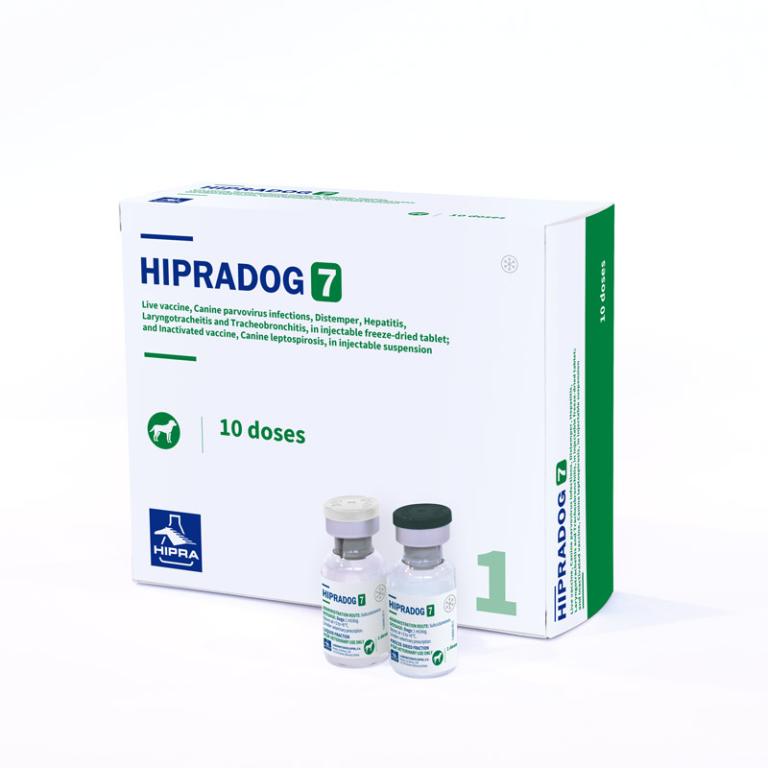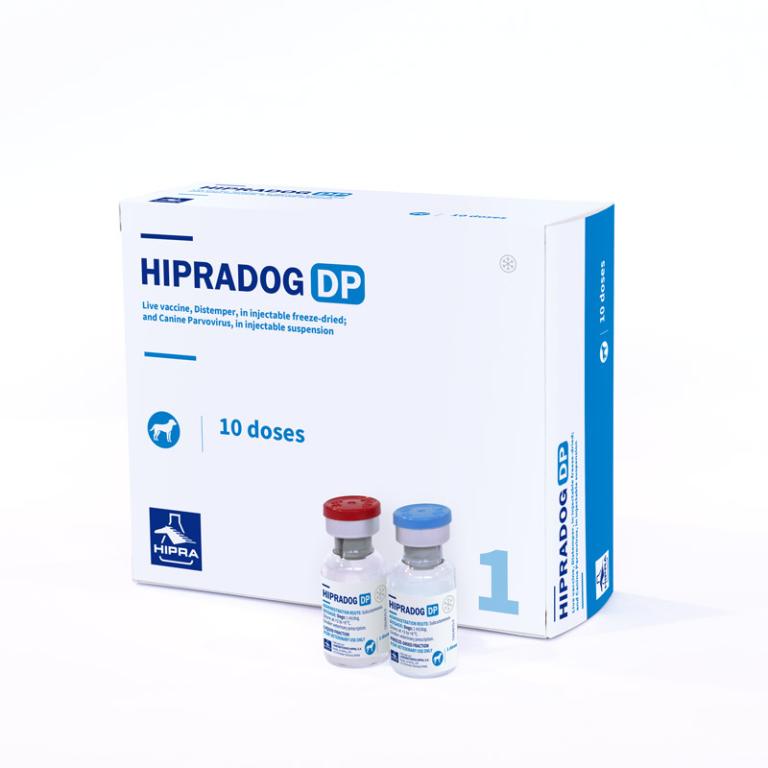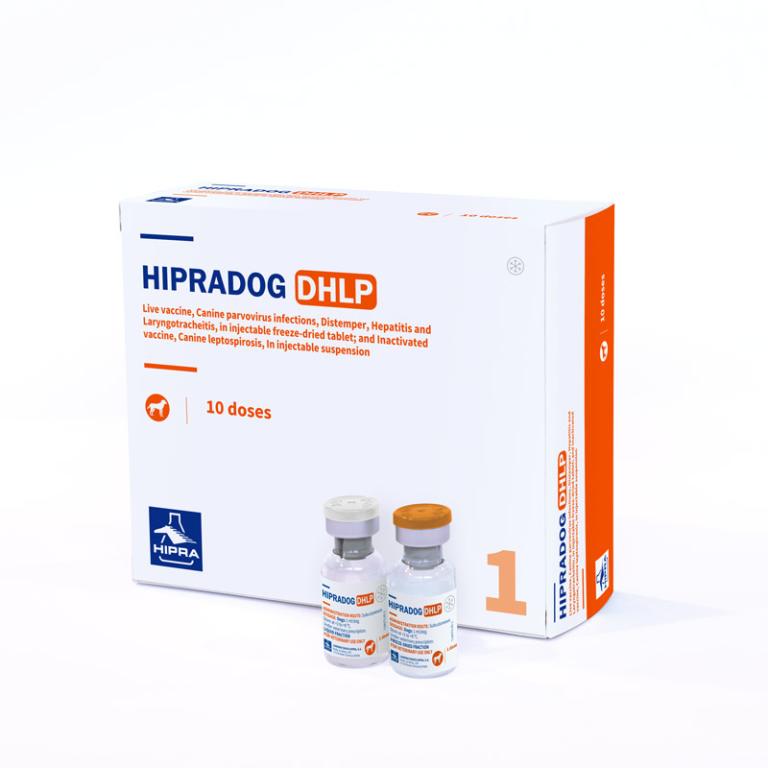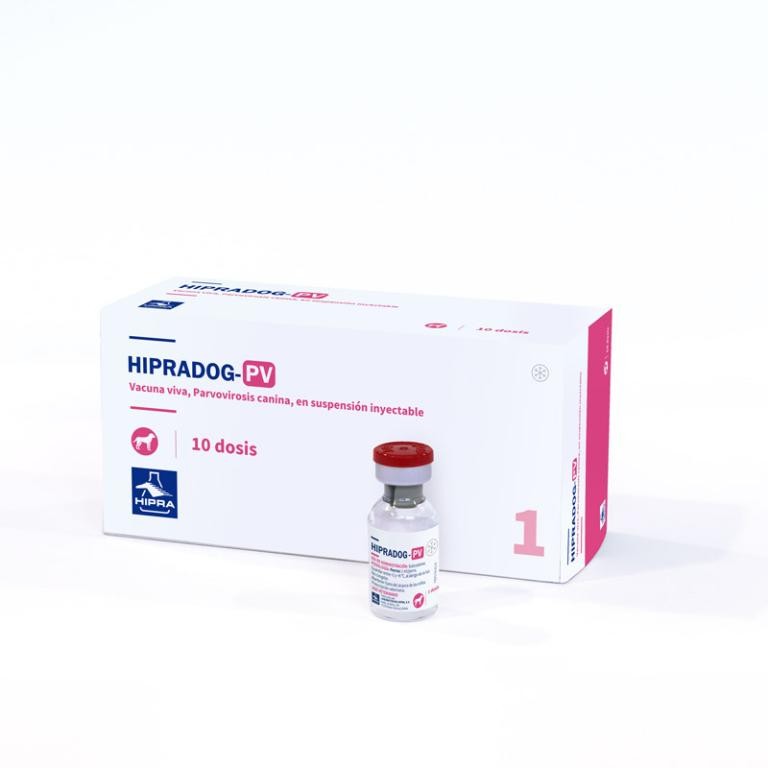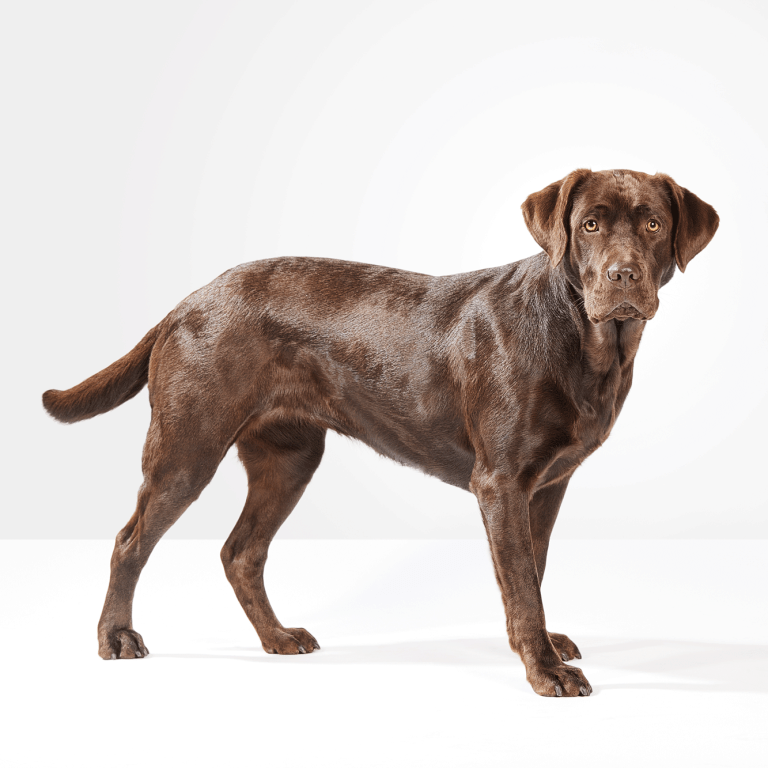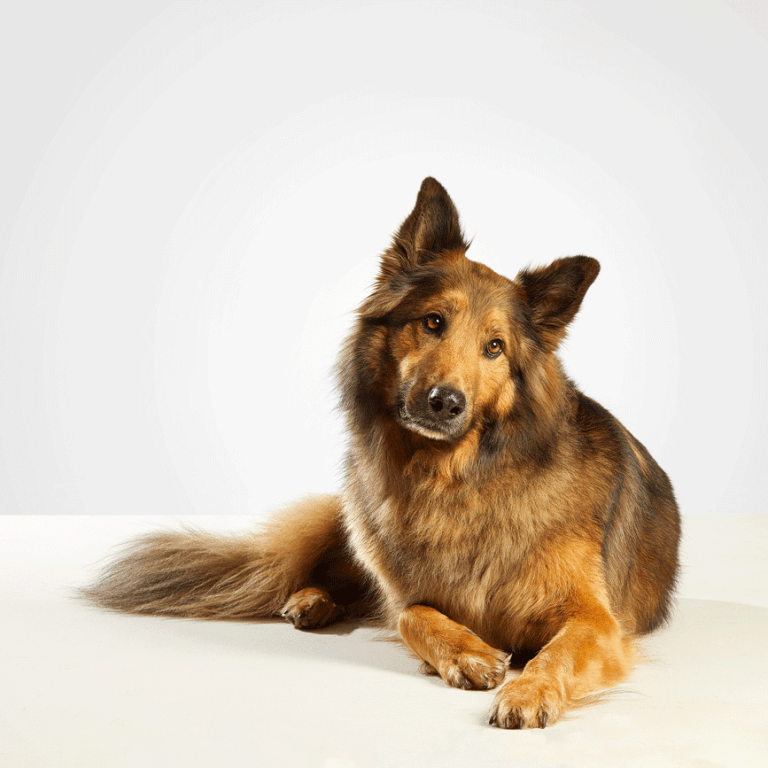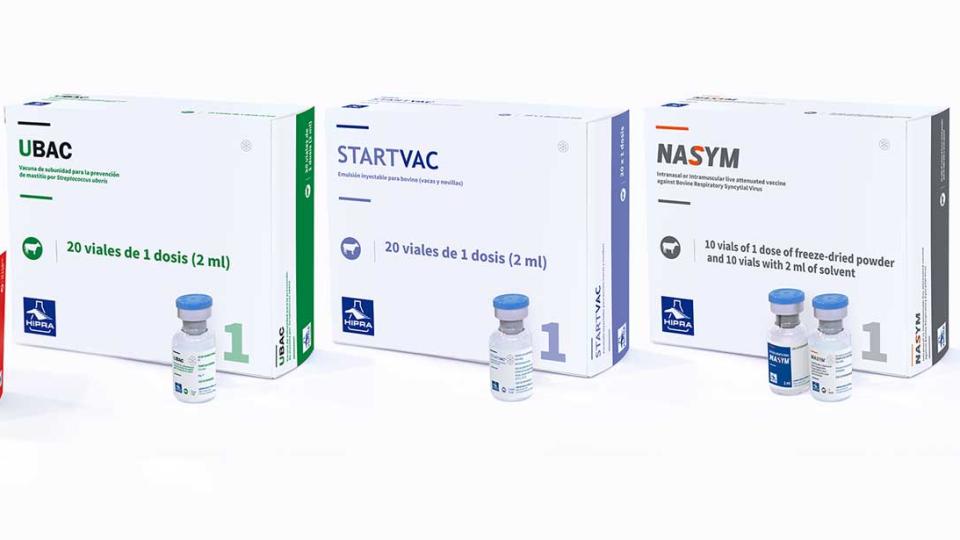Canine Leishmaniasis
AETIOLOGY:
Canine leishmaniosis is a zoonotic disease caused by Leishmania. Dogs are the main reservoir of this parasite. The life cycle of Leishmania takes place in two hosts (mammals and sandflies):
- A sandfly takes a blood meal (injects the promastigote stage into the dog).
- Promastigotes are phagocytized by phagocytic cells of the dog (principally by macrophages).
- Promastigotes transform into amastigotes which multiply and infect cells of other tissues.
- A sandfly takes a blood meal (ingests phagocytized cells infected with amastigotes).
- Amastigotes transform into the promastigote stage in the gut of the sandfly.
TRANSMISSION:
Canine leishmaniosis is transmitted principally by infected phlebotomine sandflies which inject the promastigotes into the dog. Other routes of transmission are vertical or blood transfusion.
CLINICAL SIGNS:
Clinical manifestations of canine leishmaniosis are the consequence of the host immune response and are associated with the deposition of soluble immune complexes in different tissues.There are two different immune responses against the Leishmania:
- Infected dogs that develop high cellular immunity (Th1 response) and low humoral immunity, which are apparently healthy.
- Sick infected dogs that develop a low cellular immunity and a high humoral immunity (Th2 response). They present different clinical signs such as weight loss, asthaenia, lymphadenomegaly, skin lesions, ocular signs, polyarthritis, protein-losing nephropathy...
DIAGNOSIS:
The most useful diagnostic methods for diagnosis of leishmaniosis are:
- Detection of the parasite: cytology, histology, PCR.
- Detection and quantification of specific antibodies against Leishmania: ELISA, IFAT.
TREATMENT, PREVENTION AND CONTROL:
There is no completely effective treatment. Prevention and control is by means of repellents or topical insecticides to minimize the transmission of infection.
Other measures that can prevent sandfly bites are: keeping the dog indoors during the sandfly season from dusk to dawn, reducing habitats favourable to sandflies or the use of insect screens. Serology control is essential, high levels of antibodies are associated with high levels of Leishmania.
